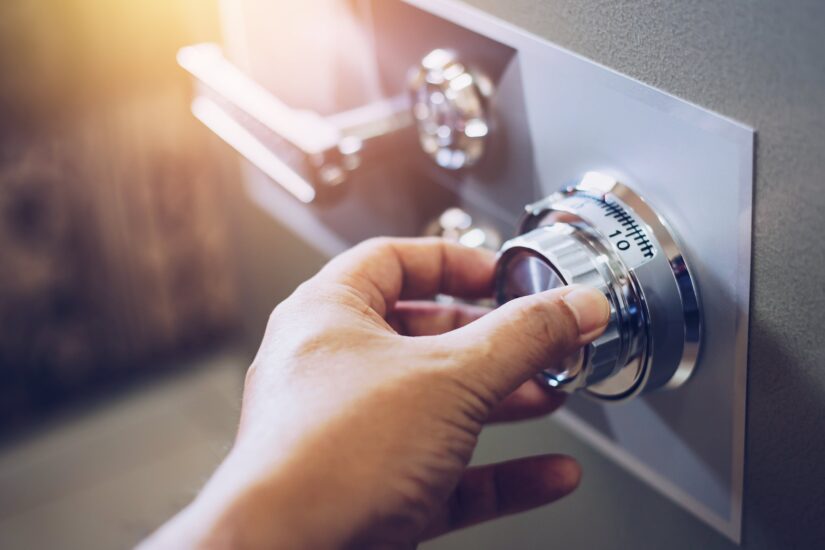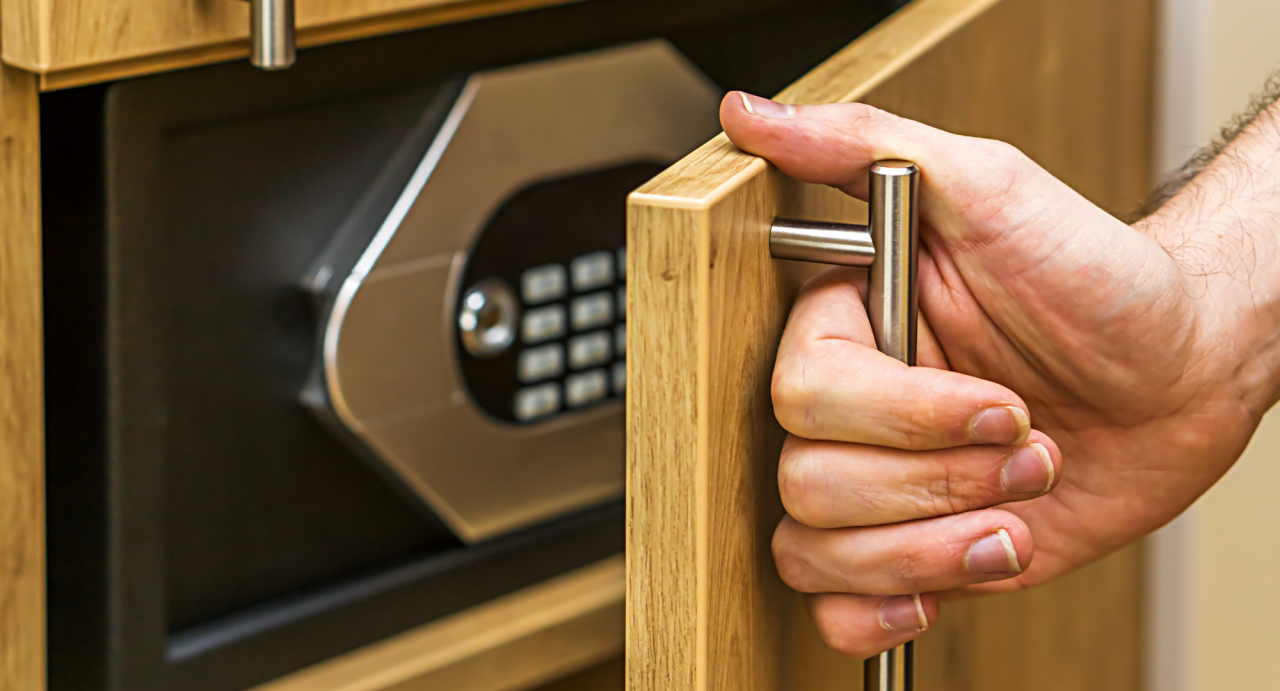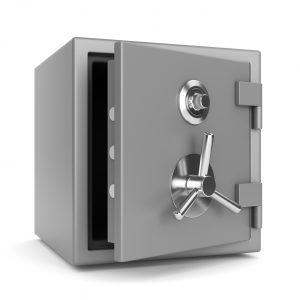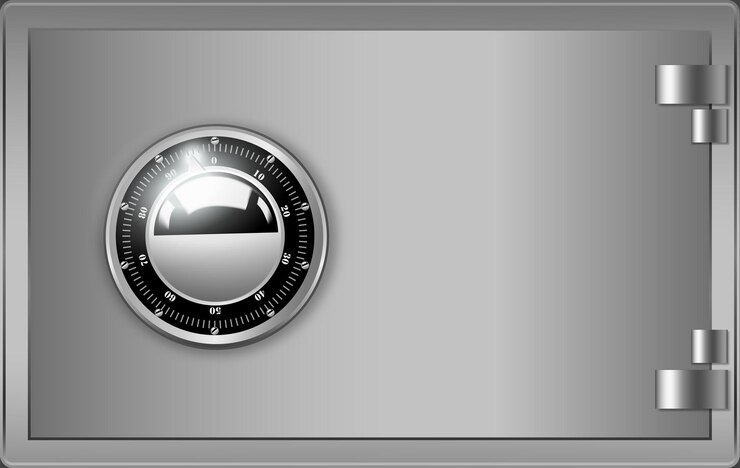In today’s fast-paced business environment, the security of sensitive documents, valuable assets, and confidential information is paramount. Office cabinets and safes serve as the first line of defense against unauthorized access and theft, making the selection of appropriate locks a critical decision for businesses of all sizes. With the increasing prevalence of security breaches and data theft, ensuring the integrity of these storage solutions has never been more important.
Securing office cabinets and safes with high-quality locks not only protects valuable assets but also instills confidence among employees and clients alike. From traditional keyed locks to advanced biometric systems, the range of options available provides businesses with the flexibility to tailor their security measures to their unique needs and budget constraints. In this guide, we will explore the various types of locks suitable for office cabinets and safes, along with best practices for installation, maintenance, and additional security measures to safeguard your business assets effectively.
Assessing Security Needs
- Identify Assets: Begin by conducting an inventory of the items you need to secure, including documents, valuables, electronic devices, and sensitive information.
- Determine Threats: Evaluate potential threats to your assets, such as theft, unauthorized access, or tampering. Consider both internal and external risks to your business’s security.
- Risk Analysis: Assess the potential impact of security breaches on your business operations, reputation, and financial stability. Determine the likelihood of different security threats occurring.
- Regulatory Compliance: Consider any legal or regulatory requirements related to the protection of certain types of information or assets. Ensure that your security measures align with industry standards and compliance regulations.
- Budget Considerations: Evaluate your budgetary constraints and determine how much you can allocate to security measures. Balance the cost of security solutions with the value of the assets you are protecting.
- Security Goals: Establish clear objectives for your security system, such as preventing unauthorized access, deterring theft, or enhancing employee safety. Define measurable goals to track the effectiveness of your security measures.
- Scalability: Anticipate future growth and changes in your security needs. Choose flexible security solutions that can adapt to evolving threats and accommodate expansion or restructuring within your organization.
- Stakeholder Input: Gather input from key stakeholders, including management, employees, and security experts. Consider their perspectives and insights when making decisions about security measures.
- Risk Mitigation Strategies: Develop a comprehensive security plan that includes a combination of physical security measures, access controls, surveillance systems, and employee training. Implement proactive measures to mitigate identified risks effectively.
- Continuous Improvement: Establish a process for ongoing evaluation and improvement of your security program. Regularly review security policies, procedures, and technologies to address emerging threats and enhance overall security posture.
Types of Locks for Office Cabinets
Keyed Locks
- Description of traditional keyed locks: Keyed locks operate using a physical key to open and close the locking mechanism.
- Pros and cons of using keyed locks for office cabinets: Keyed locks offer simplicity and reliability but require careful key management to prevent unauthorized access.
- Considerations for key management and duplication: Implement strict protocols for key distribution, tracking, and duplication to maintain security and accountability.
Combination Locks
- Explanation of mechanical and electronic combination locks: Combination locks use a series of numbers or symbols to unlock the mechanism, available in mechanical dial or electronic keypad variants.
- Advantages and disadvantages of using combination locks: Combination locks provide convenience and eliminate the need for physical keys but may be susceptible to unauthorized access if the combination is compromised.
- Tips for creating secure combinations and maintaining confidentiality: Encourage users to choose complex combinations and regularly change them to enhance security. Emphasize the importance of safeguarding the combination from unauthorized individuals.
Electronic Keypad Locks
- Overview of electronic keypad locks with PIN access: Electronic keypad locks utilize a keypad interface for users to enter a personal identification number (PIN) to gain access.
- Benefits of electronic keypad locks, such as audit trails and user-specific access codes: Electronic keypad locks offer advanced features such as audit trails to track access history and the ability to assign unique access codes to individual users.
- Installation and programming considerations for electronic keypad locks: Proper installation and programming of electronic keypad locks are essential for optimal performance. Ensure adequate power supply and follow manufacturer instructions for setup and configuration.
Types of Locks for Safes
Key Locks
- Description of key-operated safe locks: Key locks for safes function similarly to traditional door locks, requiring a physical key to unlock the safe’s mechanism.
- Pros and cons of using key locks for safes: Key locks offer simplicity and reliability but may pose a security risk if the key is lost or stolen. They are suitable for users who prioritize ease of access over advanced security features.
- Key management practices and security precautions: Implement strict key management protocols, including limited access to keys and secure storage when not in use, to prevent unauthorized access to the safe.
Combination Dial Locks
- Explanation of mechanical combination dial locks: Combination dial locks feature a mechanical dial that users rotate to input a specific combination of numbers to unlock the safe.
- Advantages and limitations of combination dial locks: Combination dial locks provide reliable security without the need for batteries or power sources but may require more time to open compared to electronic alternatives. They are suitable for users who prioritize traditional security measures.
Biometric Locks
- Overview of biometric safe locks using fingerprint or iris recognition: Biometric locks utilize biometric data, such as fingerprints or iris patterns, to grant access to the safe.
- Benefits of biometric locks, including convenience and enhanced security: Biometric locks offer rapid access and eliminate the need for keys or combinations, enhancing convenience and security. They are ideal for users who prioritize advanced security features and ease of access.
- Considerations for compatibility, reliability, and false acceptance rates: Evaluate the compatibility of biometric locks with existing safe models and assess the reliability of biometric recognition technology. Address concerns related to false acceptance rates and implement backup access methods for reliability.
Installation and Maintenance Tips
Installation Guidelines
- Secure Mounting: Ensure the safe is securely anchored to a stable surface using appropriate hardware to prevent unauthorized removal.
- Professional Installation: Consider hiring a professional locksmith or safe technician for safe installation to ensure proper alignment and functionality.
- Location Selection: Choose a discreet yet accessible location for the safe, away from potential hazards such as water sources or direct sunlight.
Regular Maintenance Practices
- Inspect Lock Mechanism: Regularly inspect the lock mechanism for signs of wear, damage, or tampering, and promptly address any issues identified.
- Lubrication: Apply lubricant to the lock mechanism and moving parts as recommended by the manufacturer to maintain smooth operation.
- Cleaning: Periodically clean the exterior and interior of the safe using a mild detergent and soft cloth to remove dust, debris, and fingerprints.
Security Enhancements
- Upgrade Locks: Consider upgrading to high-security locks or electronic keypad systems to enhance protection against unauthorized access.
- Security Audits: Conduct periodic security audits to assess the overall integrity of the safe and identify any potential vulnerabilities.
- User Training: Provide comprehensive training to authorized users on safe operation, security protocols, and emergency procedures.
Emergency Preparedness
- Backup Access Methods: Establish alternative methods of access, such as override keys or secondary combinations, in case of lockouts or malfunctions.
- Emergency Contacts: Maintain a list of emergency contacts, including locksmiths or safe technicians, for prompt assistance during lockouts or technical issues.
- Documentation: Keep detailed records of safe installation, maintenance activities, and access logs to facilitate troubleshooting and accountability.
Compliance and Regulations
- Adherence to Standards: Ensure compliance with relevant industry standards and regulations governing safe installation, maintenance, and security protocols.
- Periodic Inspections: Schedule regular inspections by qualified professionals to verify compliance with regulatory requirements and address any deficiencies.
- Documentation and Reporting: Maintain accurate documentation of compliance efforts, including inspection reports, certifications, and compliance records, for regulatory purposes.
Conclusion
In conclusion, the installation and maintenance of office cabinets and safes with locks are essential components of overall security protocols in any workplace. By carefully selecting and installing appropriate locks, implementing effective maintenance practices, and ensuring compliance with relevant standards and regulations, organizations can enhance the protection of valuable assets, sensitive information, and confidential documents.
It is crucial to consider the specific security needs and operational requirements of the office environment when choosing locks for cabinets and safes. Whether opting for traditional keyed locks, combination dial locks, electronic keypad locks, or biometric locks, organizations must prioritize security, convenience, and ease of use.
Regular maintenance, including inspection, lubrication, and cleaning, is vital to ensure the continued functionality and security of office cabinets and safes. Additionally, proactive measures such as security audits, user training, and emergency preparedness can further bolster the effectiveness of security measures and mitigate potential risks.
By following installation and maintenance guidelines, enhancing security protocols, and remaining vigilant against emerging threats, organizations can safeguard their assets and maintain a secure and productive work environment for employees and stakeholders alike.






